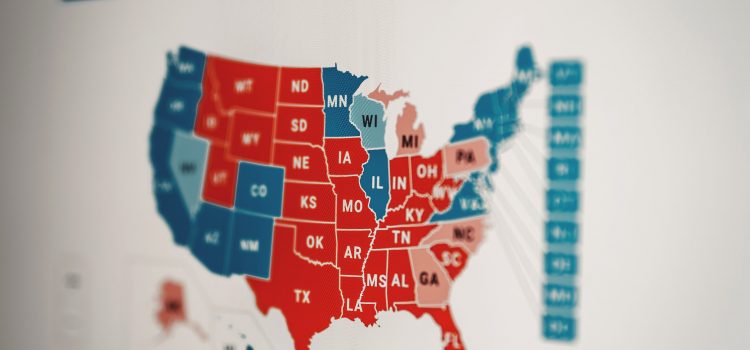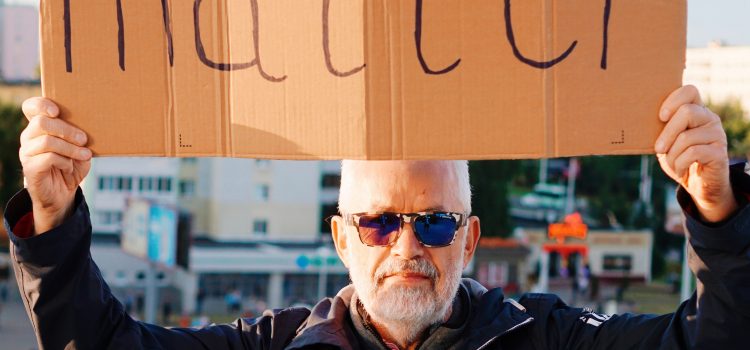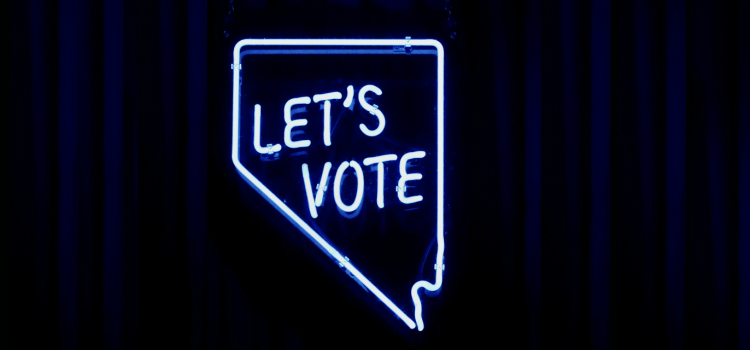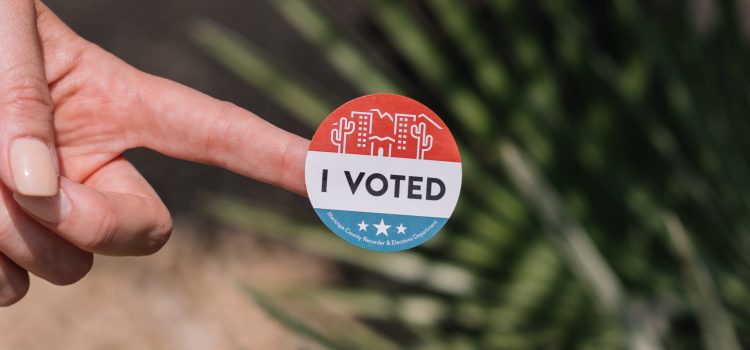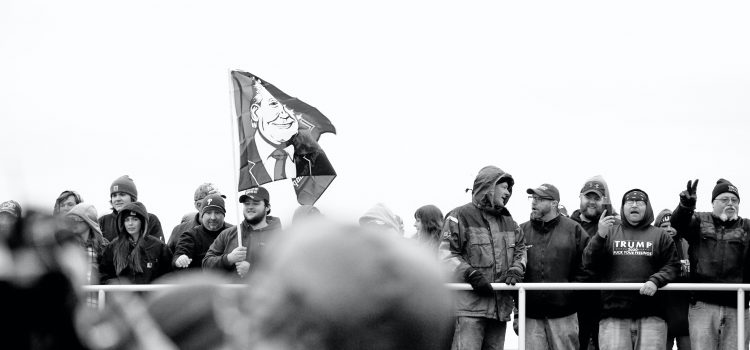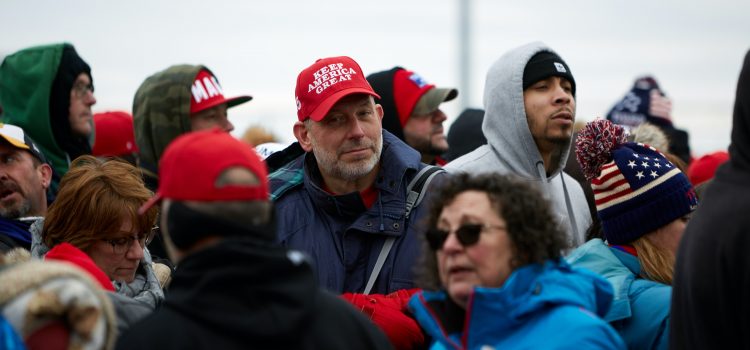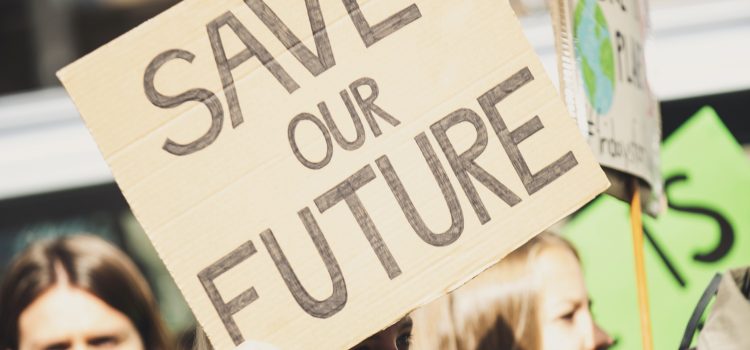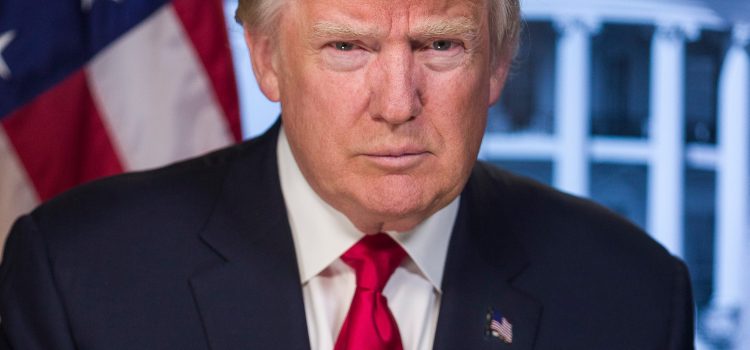Former Vice President Joe Biden and President Donald Trump spent a historic $217 million advertising on the Facebook and Instagram social media platforms during the 2020 general election. This report provides analyses by the Illuminating 2020 project for how both campaigns used Facebook and Instagram advertising in the general election campaign, including targeting and messaging.
Illuminating 2020 Report: The 2020 General Election Campaign Advertising on Facebook
